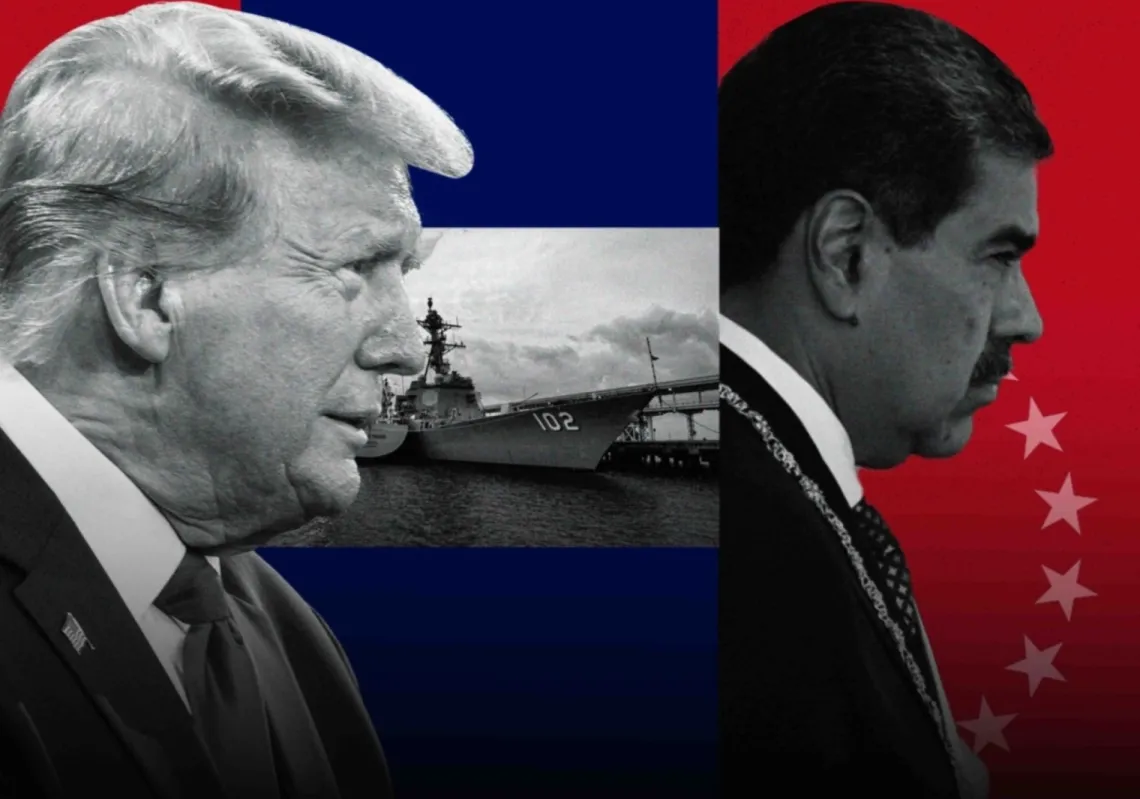 A Yemeni soldier mans a checkpoint on the outskirts of Sana'a on May 16, 2012, amid tight security measures as the military continues to ramp up its offensive against Al-Qaeda in the country's restive south, launching ground and air assaults. (MOHAMMED HUWAIS/AFP/GettyImages)[/caption]We may never know for sure what drove the emergency closure of the nineteen US Embassies and consulates throughout the Middle East and East Africa, but there are certainly a number of related issues which, as they often do, seem tantalizingly contradictory.
A Yemeni soldier mans a checkpoint on the outskirts of Sana'a on May 16, 2012, amid tight security measures as the military continues to ramp up its offensive against Al-Qaeda in the country's restive south, launching ground and air assaults. (MOHAMMED HUWAIS/AFP/GettyImages)[/caption]We may never know for sure what drove the emergency closure of the nineteen US Embassies and consulates throughout the Middle East and East Africa, but there are certainly a number of related issues which, as they often do, seem tantalizingly contradictory.
What do we know for sure? Well, on August 2, the US State Department decided to close fifteen embassies and Consulates in the Middle East from August 4 because of intelligence suggesting an imminent attack on an unspecified target. It later raised the number of closures to nineteen, with the inclusion of four in East Africa, possibly when analysts pointed out that the week marked the 15th anniversary of the East Africa Bombings. Other US sites in Pakistan and Bangladesh were also closed, and US citizens in Yemen were advised to leave. The UK, Germany, Holland and France followed suit, closing their embassies in Yemen and advising their citizens to leave.
The US administration was quickly accused of over-reaction by Republicans, the same Republicans who have been making political capital over the Libyan consulate debacle. Yet strangely, the US embassies in Nairobi and Dar es-Salaam, the sites of the 1998 bombings, were not closed, despite on-going Islamist violence in both countries.
The Obama Administration responded to these political attacks by claiming to have “intercepted communications” between Ayman Al-Zawahiri and Nasr Al-Wuhayshi, discussing a major attack by Al-Qaeda in the Arabian Peninsula (AQAP). While this explained the breadth of closures, incorporating much of the area covered by the Yemeni Diaspora, as well as Libya (in which AQAP may have been involved), it immediately raised some questions. Why would High Value Targets (HVT) such as Ayman Al-Zawahiri use a telephone to discuss operational matters, knowing that the US would intercept their communications, and both disrupt the operation, and trace or attack the callers?
For that matter, since such HVTs habitually leave their mobile phones off and change them regularly (to avoid geo-location), how would each have known when to turn on their telephone, and what number to dial? This would have required prior agreement to do so via another method of communication. If they could communicate thus to set up a telephone call, why did they not do so to set up the operation and escape observation? Indeed, this appears to have been done to set up the coordinated jail breaks across the region.
A few days later, a rather less widely reported story surfaced from Saudi Arabia: “Surveillance of exchanges on twitter and emails between two suspects, one from Yemen and the other from Chad, revealed that they were plotting a suicide attack and led to their arrest late July,” which fits the time frame of the alert well. Another report provided further detail: “They were discussing suicide terrorist acts—but it's not clear where or when those attacks would take place . . . We have passed this information as soon as we got it to other possible countries that might be targeted—to all the countries who are probable targets or whose interests are probable targets,” which fits the indeterminate target set.
A further twist in the tale appeared: “Sources have told BBC Newsnight that the US is preparing special operations forces for possible strike operations against Al-Qaeda in Yemen.” This report was given some weight by reports of a P3 Orion surveillance plane in the Sana’a area. The elapsed time from the claimed intercept to the surveillance aircraft and the reports of a strike force being readied certainly fits. Given the unpopularity of US direct intervention in the region, it is highly unlikely that the US would countenance a national operation unless it was against a High Value Target—Wuhayshi, or Asiri, the bomb maker—which might suggest that indeed one or other’s conversation had indeed been intercepted. However, it is also possible that the operation was readied to identify the car bomb and intercept it before it could reach Sana’a and the US embassy there.
In the absence of any clearer facts, the Analyst’s Question (“qui bono?”) can sometimes help. So who benefits? The US Administration, whose communications surveillance had been under great pressure immediately beforehand, could justify their legally dubious programs by pointing to intercept of genuine terrorist communications. They could also point to the need to continue the unpopular drone strikes in Yemen (and Pakistan) which had also come under sustained scrutiny recently.
While initially it might seem self-defeating—indeed suicidal—for Zawahiri to ring Wuhayshi, it is possible that this was a deliberate terrorist act in itself: the purpose of terrorism is, after all, to terrify. This theory is given some weight by the cost benefit analysis of “Operation Hemorrhage” in volume 3 of Al-Qaeda's own magazine, Inspire, in which the total operation is claimed to have cost USD 4,200. For the price of a telephone call, AQAP drove Western countries to expend considerable sums in evacuation costs.
While both would benefit, that is probably not what actually happened. With 20:20 hindsight, the most likely scenario is that AQAP built a large vehicle-borne bomb in South East Yemen, which they intended to bring up to Sana’a. The Chadian and/or the Yemeni bomber would fly in from Saudi Arabia, collect the vehicle, and then one or other would try to drive through the stand-off protection at the US embassy before killing himself and as many others as he could manage. The intercept referred to was most likely between these two and AQAP, but the specific target was unclear, and the attackers’ ability to move throughout the Middle East from Saudi Arabia was as wide as the closures. In the event, the Yemenis disrupted the cell preparing the bomb, and the moment passed.
Another lucky escape.









